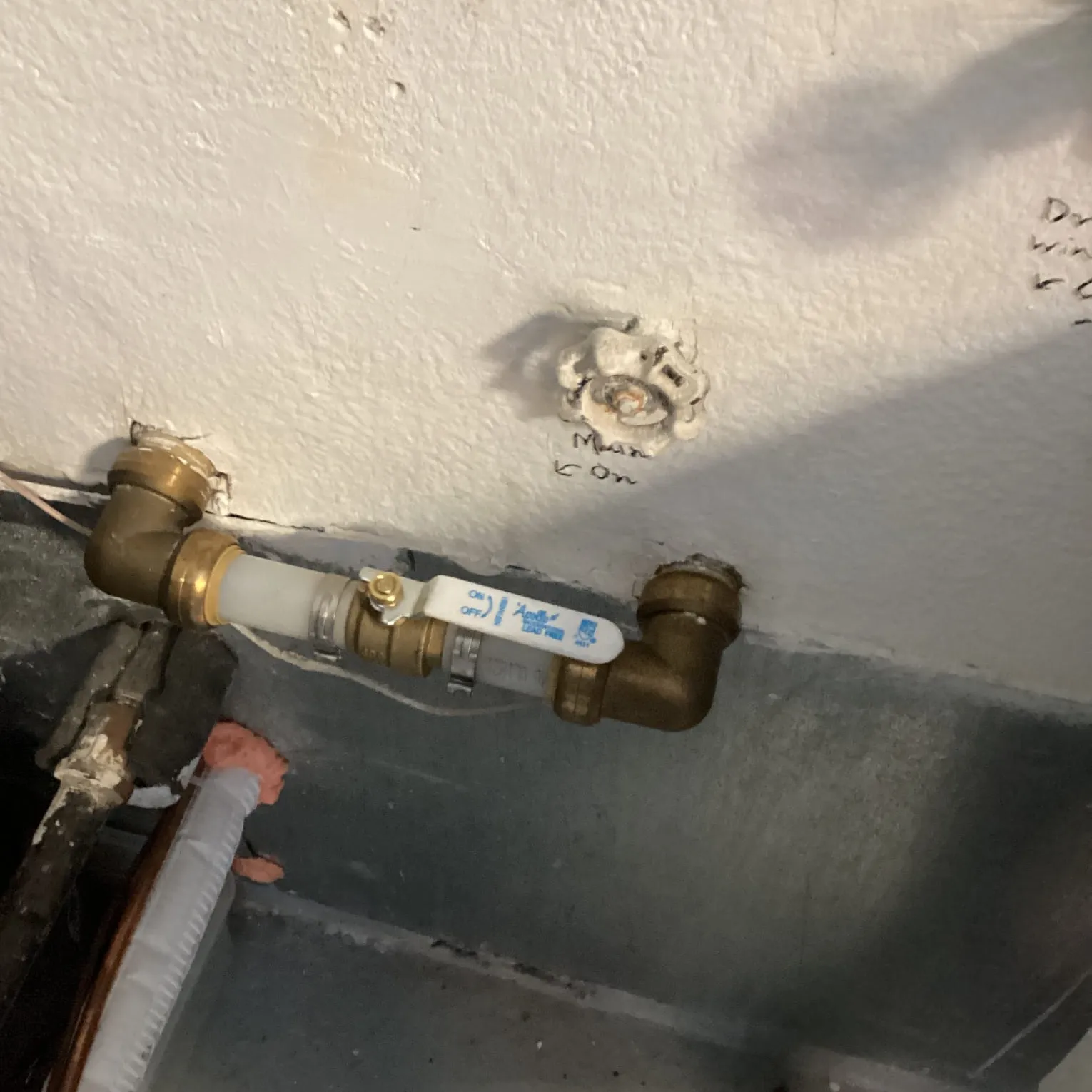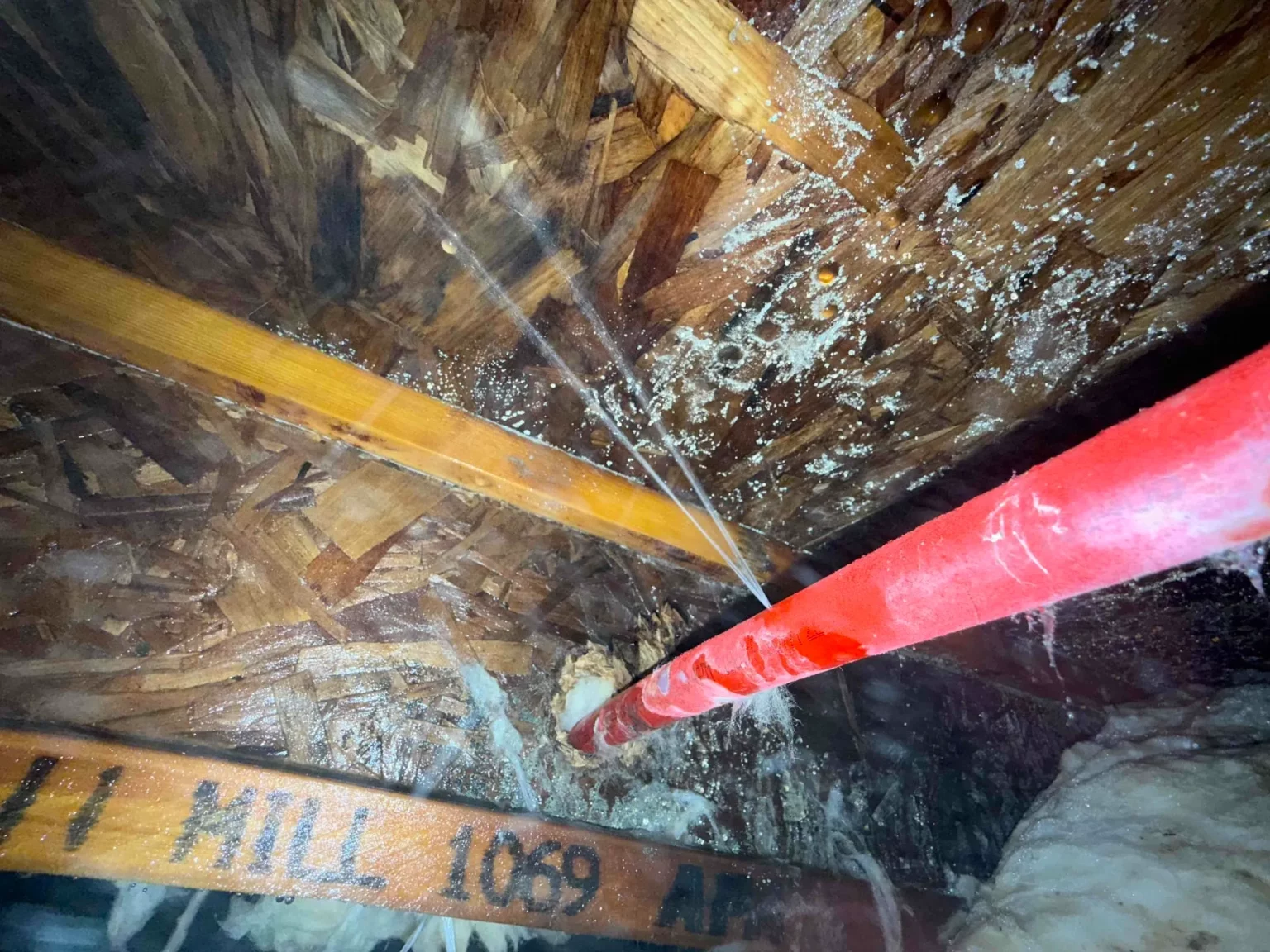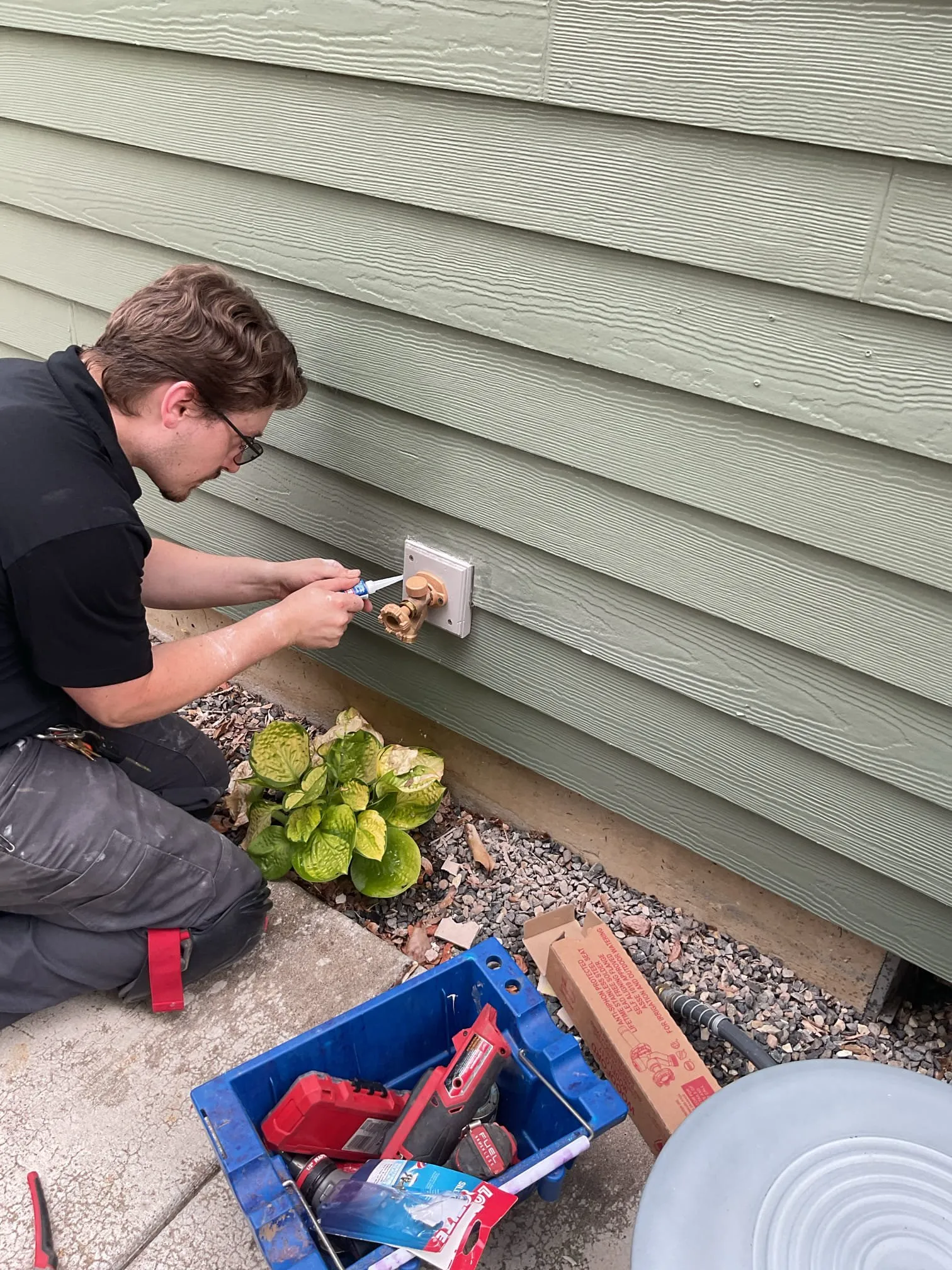
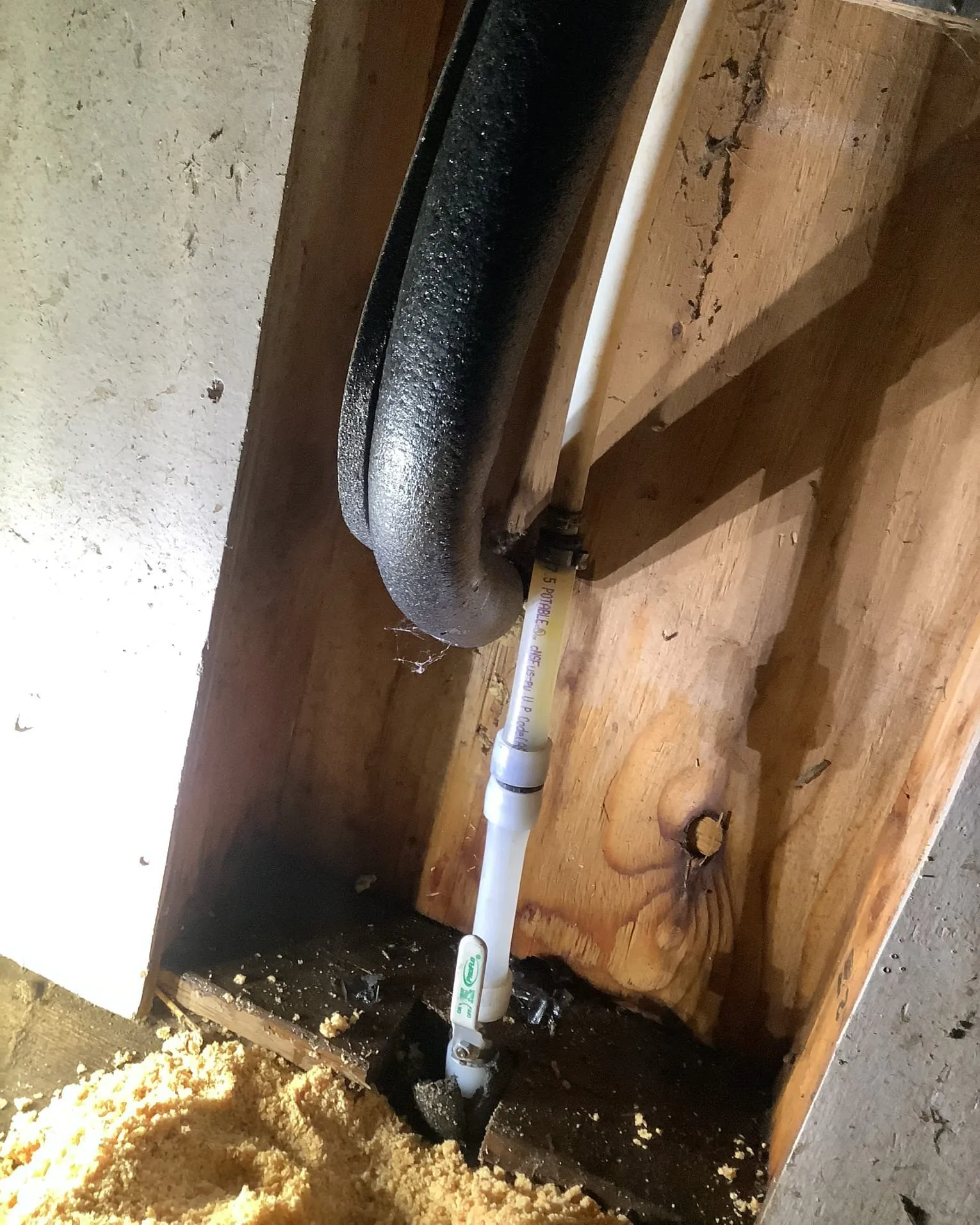
Addressing plumbing failures in Orchards, WA, requires an immediate and informed response, especially when dealing with the two most destructive residential issues: chronic leaks and sudden pipe bursts. The core solution involves quick identification, professional diagnosis of underlying causes, and repair using materials suited to the Pacific Northwest climate.
Leaky faucets, while seemingly minor, can waste thousands of gallons of water annually and often signal deeper issues like deteriorating seals or high water pressure. Burst pipes, conversely, create emergency situations demanding rapid water shut-off and professional intervention to prevent severe structural damage. Understanding the difference between these scenarios and knowing when to call for help is essential for protecting a home.
Addressing these serious issues requires local knowledge. Simpson Plumbing has expertise rooted in years of addressing regional plumbing demands, including the specific challenges posed by Orchards’ seasonal temperature swings and the age of local residential plumbing systems. The following details offer practical guidance for managing these common plumbing crises.
A dripping faucet might not seem urgent, but the accumulation of wasted water and the potential for premature fixture failure make quick repair essential to prevent future costly replacements. The source of the leak usually depends on the type of faucet installed.
Traditional compression faucets rely on rubber washers that degrade over time, causing drips when the valve is closed. Cartridge and ball faucets, which are more common in modern installations, often leak due to worn-out O-rings or internal seals. In either case, ignoring the drip increases wear on the fixture’s internal metal components, leading to more expensive replacement later. Homeowners should first determine the type of faucet they have before attempting a minor repair or calling a specialist.
According to data from the U.S. Environmental Protection Agency (EPA), a single leaky faucet that drips once per second can waste over 3,000 gallons of water per year. This startling figure shows why addressing even a slow drip holds substantial practical and financial value.
Bonus Tip 1: The Simple Dye Test
If the origin of a leak is not obvious, especially if water is pooling under a sink, try placing a few drops of food coloring into the water in the sink bowl. If the colored water appears near the drain connection or through the floor cabinet within an hour, the issue relates to the drain seals rather than the internal faucet valve itself.
Burst pipes are typically caused by excessive pressure, freezing expansion, or pipe degradation. In the Orchards area, freezing weather is a significant factor. When water freezes, it expands, placing immense stress on rigid piping materials. This usually happens in exposed areas like crawl spaces, exterior walls, or unheated basements.
When a pipe bursts, the immediate steps are critical:
To manage the regional risk, residents must prioritize proper insulation, particularly for pipes running along exterior walls.
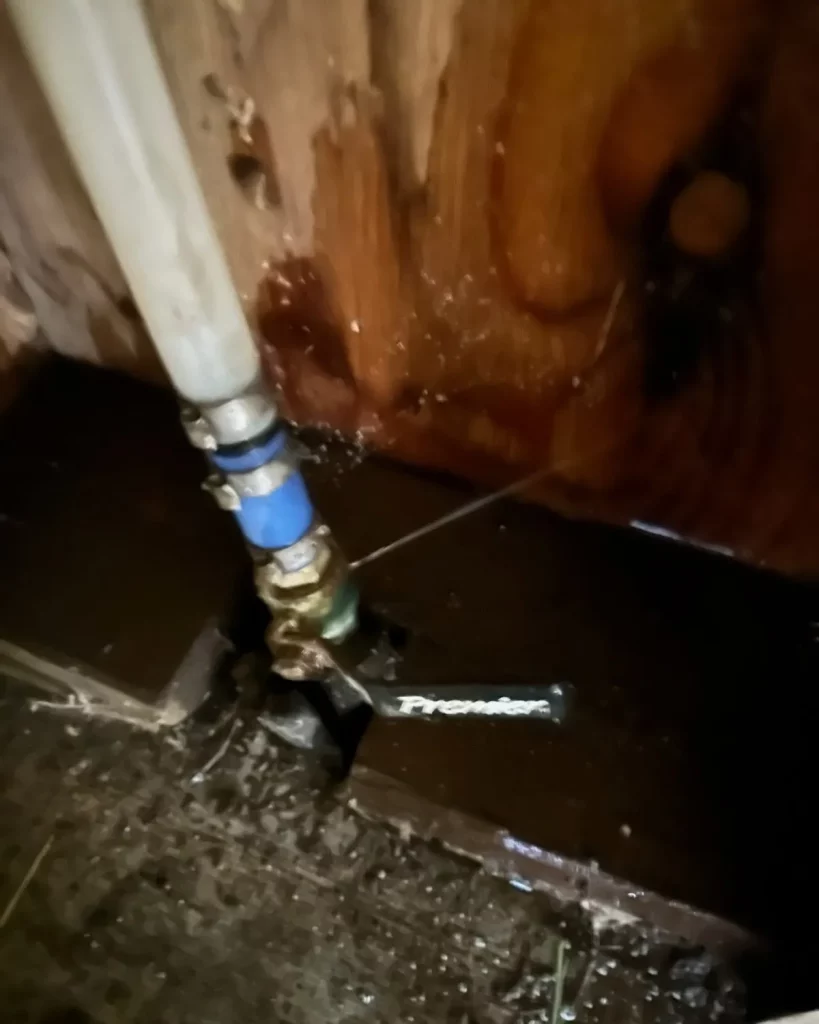
Because different piping materials respond differently to freezing conditions, comparing them is a necessary step. Choosing the right material for new installations or replacements is crucial for longevity, especially when considering regional climate demands.
| Pipe Material | Typical Use | Freeze Resistance | Primary Failure Mode |
|---|---|---|---|
| Copper | Supply lines | Low | Rigid, prone to splitting when frozen. |
| PEX (Cross-linked Polyethylene) | Supply lines | High | Flexible, can expand significantly, but susceptible to fittings failure. |
| PVC (Polyvinyl Chloride) | Drainage/Ventilation | Moderate | Brittle when cold, prone to cracking under expansion stress. |
| Galvanized Steel | Older Supply lines | Moderate | Corrodes internally, reducing flow and weakening structure against expansion. |
Before authorizing a repair or replacement, homeowners should evaluate several factors that determine the scope and cost of the work, moving beyond just the immediate repair needed.
A burst pipe, or even a long-term slow leak, often causes hidden damage that needs immediate assessment. This includes saturation of drywall, insulation, and wooden structural elements. Mold growth can begin within 24 to 48 hours of saturation, making immediate drying and remediation necessary.
Data published by the Insurance Information Institute shows that water damage is one of the most frequent and costly types of homeowner insurance claims. This highlights the importance of thorough damage assessment, documentation, and utilizing experienced repair services that understand how to address both the plumbing failure and the resulting property damage.
If a pipe bursts, or if multiple faucets begin leaking simultaneously, it often indicates the end of life for the entire plumbing material segment. For instance, if a house contains original galvanized steel or polybutylene piping, replacing a single section only provides a short-term patch. It usually makes more sense to budget for a complete system repipe to avoid cascading future failures, particularly in older Orchards homes.
The Washington state climate requires adequate insulation. A professional review can ensure that all vulnerable pipes meet current insulation standards. Simply wrapping a pipe is often not enough; the insulation must be appropriate for the pipe size and location to maintain the necessary R-value, especially in unheated areas. fema.gov
Prevention is always cheaper than repair, especially regarding catastrophic pipe failure.
Every autumn, residents should implement specific winterization steps:
Bonus Tip 2: Maintaining Cabinet Air Circulation
During extreme cold snaps, open kitchen and bathroom cabinet doors near exterior walls. This allows warmer indoor air to circulate around the pipes beneath the sinks, providing a small but important measure of protection against freezing.
Bonus Tip 3: Documentation for Insurance Claims
If a burst pipe occurs, take photographs or video of the damage before cleanup starts. Documenting the location of the break, the extent of the water damage, and any affected belongings is vital for a smooth insurance claims process.
Managing leaky faucets and responding to burst pipes are fundamentally different tasks, but both require a proactive approach to home maintenance. For residents in Orchards, WA, the focus should be on consistent leak detection, seasonal winterization, and knowing when to replace old infrastructure rather than repeatedly repairing failing components. Evaluate the age of your system and prioritize fixes that offer long-term stability and protection against regional weather threats.
When facing an urgent leak, frozen pipe, or major plumbing failure, access to prompt, professional service is non-negotiable. Qualified plumbing experts in Orchards, WA can assess the entire system, provide durable repairs, and advise on preventative measures to safeguard your property against future issues. Simpson Plumbing is available to assist Orchards residents with reliable diagnosis and repair. Contact the team at (360) 954-2041 or send inquiries by email to [email protected].
Most standard faucet repairs involving replacing O-rings, washers, or cartridges can be completed within 30 minutes to an hour, provided the replacement parts are readily available and the fixture has not corroded onto the sink.
Pipes are vulnerable to freezing as soon as the temperature dips below 32°F (0°C). While they often do not freeze until outdoor temperatures drop below 20°F (about -6°C), wind chill and poor insulation can significantly accelerate the freezing process in pipes, even if the ambient air temperature is slightly warmer. Pipes in unheated areas, like crawl spaces, are always vulnerable once the temperature dips below freezing.
For any extended absence, it is highly advisable to shut off the main water supply to the home. This simple step eliminates the risk of a minor leak escalating into a major flood while the property is unattended. Remember to drain the lines slightly afterward to relieve residual pressure.
Reputable service providers typically offer a warranty on labor and materials. For minor repairs like faucet components, expect coverage for 30 to 90 days. For major pipe replacements or whole-system repipes, warranties often extend for several years, guaranteeing against defects in the installation.

